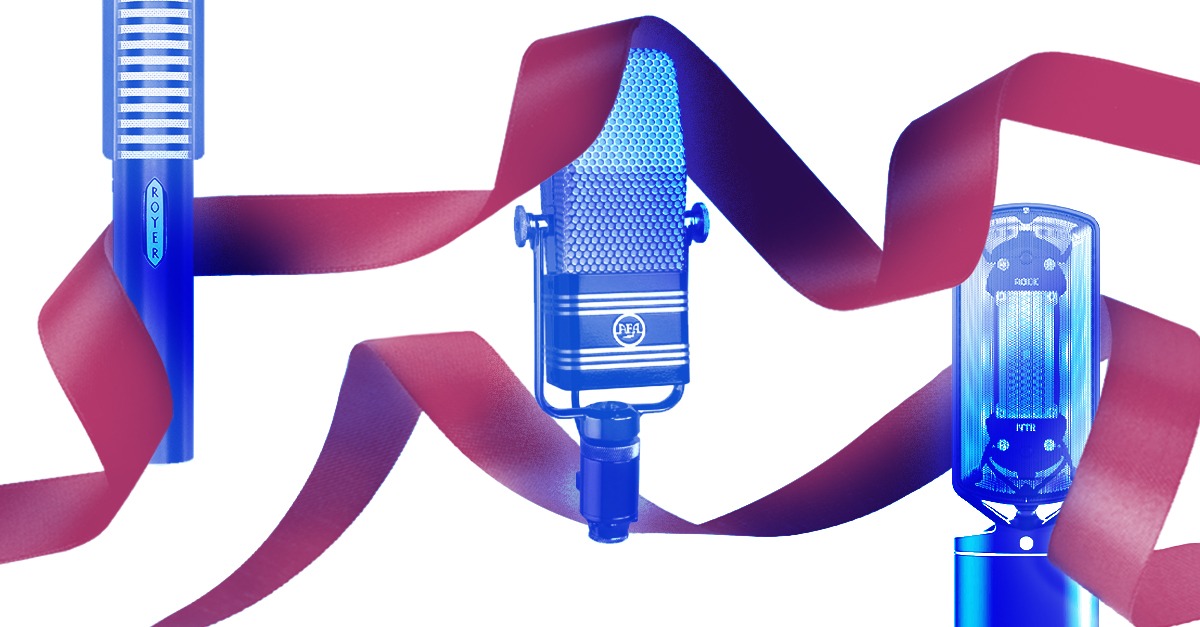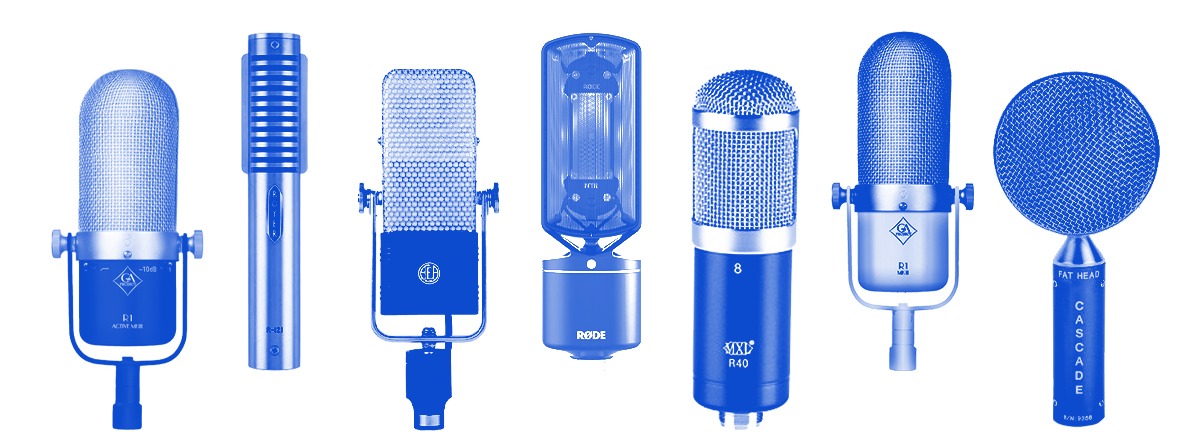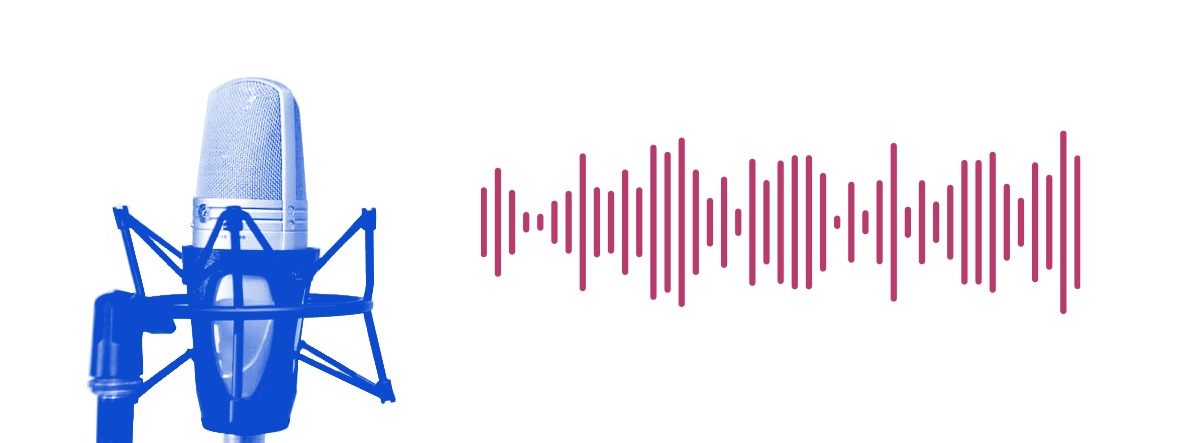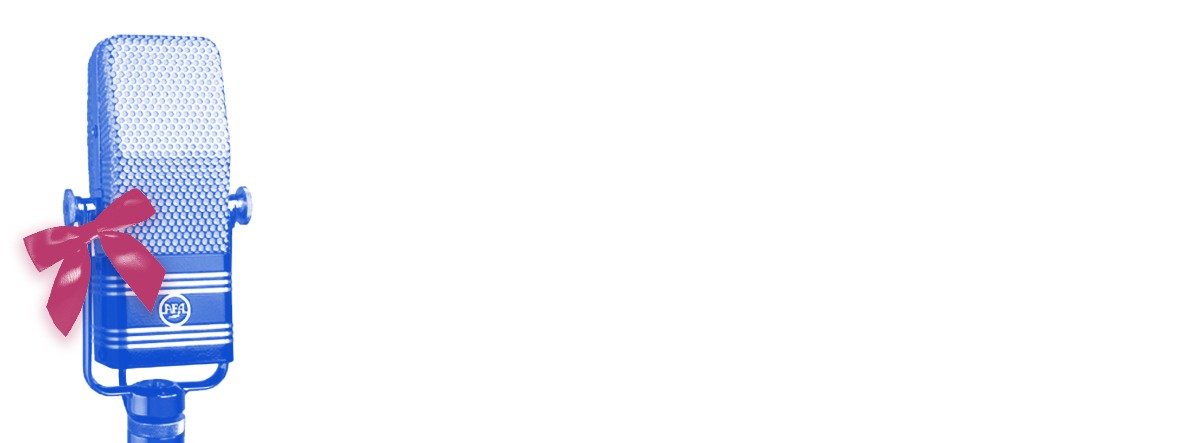
Ribbon Mics: How to Warm Up Your Digital Recordings

Microphones are an essential tool in any engineer’s tool box.
But there are different kinds of mic. Each type is suited to its own specific tasks and situations.
Today we’re talking about one of the most misunderstood microphone types—ribbon microphones.
Ribbons are becoming more and more popular in modern recording workflows. In this article I’ll go through everything you need to know about ribbon mics—what they are, and the best ways to use them.
What are ribbon mics?

Ribbon mics are one of the earliest microphone technologies ever developed.
They use an ultra-thin ribbon of electro-conductive material suspended between the poles of a magnet to generate their signal.
This passive method of generating a signal means that ribbon mics have lower output than typical microphones. They also reproduce less high-end, but still sound natural and pleasant.
Ribbon mics are known for having a distinctly warm, vintage tone.
Ribbon mics are known for having a distinctly warm, vintage tone.
Why use ribbon mics?
Digital recording technology is what makes producing music in a home studio so fun and accessible.
But some holdouts claim that it’ll never sound as good as analog tape. These detractors claim that digital sounds “cold,” “sterile” or too clean.
It’s true that there’s a big difference between traditional analog recording and modern DAW tracking.
But blaming the medium isn’t the answer. Plenty of modern digital mixes sound warm and pleasing—and plenty of tape mixes sound harsh and overhyped.
Microphones that feature natural and gentle rolloff of the high end can help with a lot of the perceived issues of digital recording.
Microphones that feature natural and gentle rolloff of the high end can help with a lot of the perceived issues of digital recording.
That’s where ribbon mics come in. The unique frequency response of ribbons can help you achieve the smoother top end that’s normally associated with analog sound.
What to record with ribbon mics

There are several sound sources that ribbon microphones are especially good for recording. I’ll go through my top 5 instruments and sources to record with ribbons:
1. Electric guitar
Ribbon mics are especially popular on electric guitar for the pleasing way they tame the bright high end of a loud amplifier.
Combining a ribbon mic and and a dynamic and blending to taste is a favourite way to record electric guitars for many engineers.
The round body and warm top end come from the ribbon, while the midrange punch and fast transients are reinforced by the dynamic.
Experiment with blending different ribbons and dynamics to see which unique microphone characteristics suit your sound for guitar.
2. Drum overheads
Drum overheads are another problematic source that can easily become harsh and strident with certain players or recording environments.
One way to reign in cymbal splash and preserve smooth top end is to use darker ribbon microphones for the critical overhead positions.
The natural figure of eight polar patterns these mics have are especially useful for stereo recording too.
You can take advantage of classic methods like Blumlein and mid-side to sculpt the stereo field to your needs.
3. Room microphones
Adding a room microphone (or a stereo pair!) can enhance the realism of the sounds you record.
But not all rooms are well suited for recording. If your environment has little or no acoustic treatment, you might not get what you’re expecting from room microphones.
The results can be overly bright and unflattering to the source material. Ribbon mics can smooth out the most distracting reflections and provide a more warm and natural tone.
Many ribbon mics also capture transients in a particularly pleasing way. This means that even at a distance, you’ll still hear a satisfying representation of the fast hits of a snare or tom.
4. Brass
Loud brass players cut through the mix in an unamplified big band texture, but the wrong mic can make that focused energy seem strident and distracting.
Ribbon mics are naturally less sensitive, so in some cases they can handle surprisingly high SPL without changing their basic character.
You can use that to your advantage when recording shouty brass instruments like trumpet or trombone.
Use ribbons bring out the warmer, woodier midrange character of these sources.
5. Vocals
Ribbon mics have not traditionally been used on vocals since the large diaphragm condenser took over in the mid 60s.
But for some applications, ribbons can be an interesting choice for vocals, especially if you’re going for an unconventional sound.
CLEAR WARNING: If you do choose to use a ribbon mic for vocals, you’ll have to be careful.
Most ribbons can handle the SPL well enough, but the actual gust of moving air from a singer’s voice can be problematic.
I recommend you use at least two pop filters layered one after the other to reduce the effect of high pressure events like plosives on the microphones ribbon element.
First place ribbon

Ribbon mics are here to stay. This technology from the past has proven surprisingly important for the needs of modern engineers.
Reach for a ribbon mic the next time you need to tame an edgy source.
Gear guides, tips, tutorials, inspiration and more—delivered weekly.
Keep up with the LANDR Blog.



